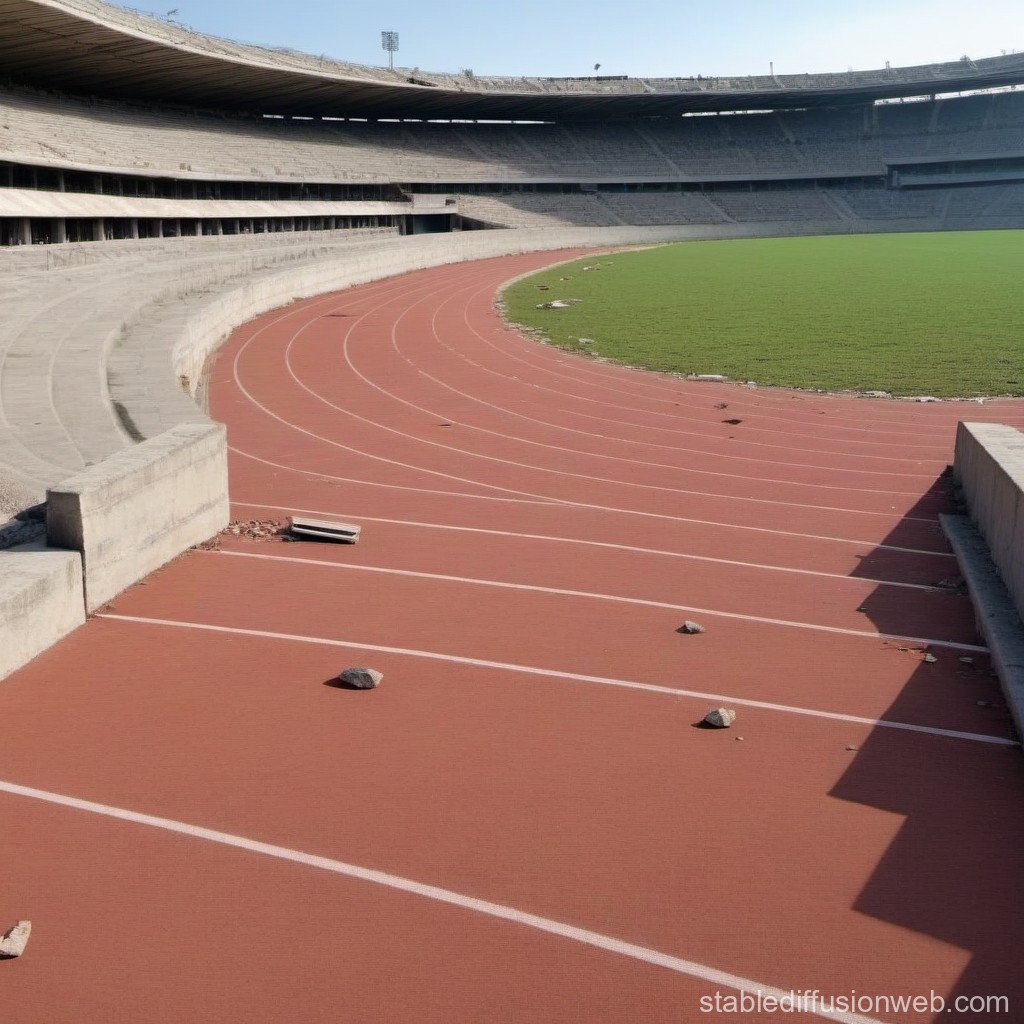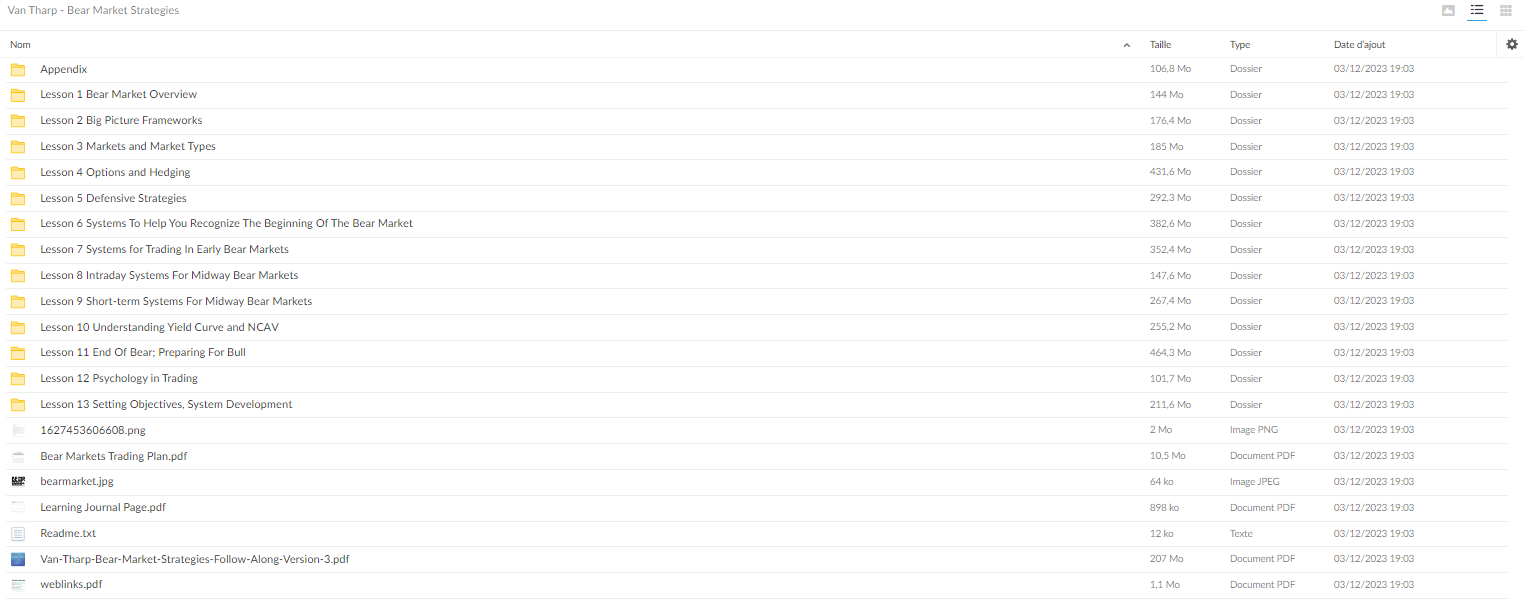Stadium Track Resurfacing For Championship Season

Table of Contents
Assessing Your Stadium Track's Condition
Before embarking on a resurfacing project, a thorough assessment of your existing track is crucial. This involves identifying signs of wear and tear that could compromise safety and performance.
Identifying Signs of Wear and Tear
Visual inspection is the first step. Look for:
- Cracks: Alligator cracking, linear cracks, and pothole-like depressions indicate structural damage.
- Discoloration: Faded or uneven coloring suggests surface degradation and potential material breakdown.
- Surface Degradation: Areas of significant wear, particularly in starting blocks and around curves, show high-stress points needing attention.
- Unevenness: Noticeable dips or bumps create tripping hazards and affect running mechanics.
- Lane Markings Fading: Worn or obscured lane markings compromise fair competition and safety.
- Rubber Delamination: Separation of the rubber surface from the underlying base layer is a significant structural issue.
Regular inspections, ideally several times per year, are vital. Professional assessments by experienced track contractors are recommended to determine the extent of damage and recommend the appropriate course of action. Neglecting track maintenance increases injury risks, decreases athletic performance, and ultimately leads to significantly higher long-term costs.
Choosing the Right Resurfacing Material
Selecting the right resurfacing material is crucial for ensuring a durable, high-performance track. Several materials offer different properties.
Types of Running Track Surfaces
- Polyurethane: A popular choice for its excellent shock absorption, durability, and consistent surface texture. It is often preferred for high-level competitions due to its responsiveness.
- Rubberized Asphalt: A more budget-friendly option offering good durability and resilience, especially suitable for tracks with lower usage frequency.
Factors to Consider:
- Climate: Consider the temperature extremes and weather conditions in your location. Polyurethane offers better resilience to UV degradation and temperature fluctuations.
- Budget: Polyurethane is generally more expensive than rubberized asphalt.
- Usage Frequency: High-usage tracks (e.g., those hosting frequent competitions) benefit from the superior durability of polyurethane.
- IAAF Standards: For IAAF-sanctioned competitions, the track surface must meet strict regulatory requirements regarding thickness, elasticity, and other properties.
Choosing a reputable supplier and installer certified to work with the chosen material is essential for ensuring the quality and longevity of the resurfaced track.
The Stadium Track Resurfacing Process
Resurfacing involves several key steps, from surface preparation to final inspection.
Preparing the Existing Surface
This critical stage ensures proper adhesion of the new surface:
- Debris Removal: Thoroughly clean the existing track surface, removing all loose debris, dirt, and any damaged material.
- Crack Repair: Repair existing cracks using appropriate fillers and patching compounds designed for track surfaces.
- Leveling: Address any significant unevenness by grinding or leveling the surface to achieve a smooth, consistent base.
Applying the New Surface
This process usually involves multiple layers:
- Base Layer(s): This provides the foundation for the top layer, ensuring structural integrity and proper drainage.
- Top Layer: The chosen material (polyurethane or rubberized asphalt) is applied in accordance with manufacturer specifications, ensuring uniform thickness and texture.
- Sealant(s): Specialized sealants enhance durability, water resistance, and UV protection.
- Lane Markings: Lane markings are applied using high-quality paints designed for track surfaces, ensuring clear visibility and accurate measurements.
Proper application techniques are crucial to guarantee a smooth, even, and consistent surface.
Post-Resurfacing Inspection and Maintenance
Once the resurfacing is complete, a thorough final inspection is essential to verify that the work meets standards and specifications. Ongoing maintenance prolongs the track’s life:
- Regular Cleaning: Keep the track free of debris and contaminants.
- Minor Repairs: Address small cracks or surface imperfections promptly to prevent further damage.
- Periodic Inspections: Conduct regular inspections to detect any potential issues.
Budgeting for Stadium Track Resurfacing
The cost of stadium track resurfacing varies considerably.
Factors Affecting Cost
- Track Size: Larger tracks naturally cost more to resurface.
- Material Choice: Polyurethane is generally more expensive than rubberized asphalt.
- Labor Costs: Labor costs vary depending on location and contractor rates.
- Location: Geographic location affects material costs and labor rates.
Securing Funding and Financing
Securing funding may involve:
- Grant Applications: Explore local, regional, or national grants available for sports facility improvements.
- Fundraising Initiatives: Organize fundraising events or campaigns to raise funds for the project.
- Working with Contractors: Discuss payment plans and financing options with contractors.
Conclusion:
Stadium track resurfacing is a multi-step process that requires careful planning and execution. By thoroughly assessing your track's condition, selecting the appropriate material, and following proper installation techniques, you can ensure a safe and high-performance track for your championship season. Don't underestimate the impact of a well-maintained track on athlete safety and performance. Contact a reputable track resurfacing contractor today to get started with your stadium track resurfacing project and ensure a successful championship season. Prioritize your athletes' safety and performance with professional stadium track resurfacing – don't delay!

Featured Posts
-
 Jessica Simpson And Snake Sperm The Controversial Statement Explained
May 11, 2025
Jessica Simpson And Snake Sperm The Controversial Statement Explained
May 11, 2025 -
 Henry Golding On Crazy Rich Asians Reunions And The Upcoming Tv Series
May 11, 2025
Henry Golding On Crazy Rich Asians Reunions And The Upcoming Tv Series
May 11, 2025 -
 Office365 Security Breach Executive Inboxes Targeted Millions Lost
May 11, 2025
Office365 Security Breach Executive Inboxes Targeted Millions Lost
May 11, 2025 -
 City Name Michigan A Top Choice For College Students
May 11, 2025
City Name Michigan A Top Choice For College Students
May 11, 2025 -
 Boston Celtics Two Players Achieve Rare 40 Point Scoring Feat
May 11, 2025
Boston Celtics Two Players Achieve Rare 40 Point Scoring Feat
May 11, 2025
Latest Posts
-
 The Wall Street Comeback Reassessing Bear Market Strategies
May 11, 2025
The Wall Street Comeback Reassessing Bear Market Strategies
May 11, 2025 -
 Ice Protest Leads To Newark Mayor Ras Barakas Arrest
May 11, 2025
Ice Protest Leads To Newark Mayor Ras Barakas Arrest
May 11, 2025 -
 Trumps Plan To Restrict Migrant Detainee Legal Challenges
May 11, 2025
Trumps Plan To Restrict Migrant Detainee Legal Challenges
May 11, 2025 -
 Sag Aftra Strike Hollywood Faces Complete Production Shutdown
May 11, 2025
Sag Aftra Strike Hollywood Faces Complete Production Shutdown
May 11, 2025 -
 Unexpected Wall Street Rally A Shift In Bear Market Sentiment
May 11, 2025
Unexpected Wall Street Rally A Shift In Bear Market Sentiment
May 11, 2025
